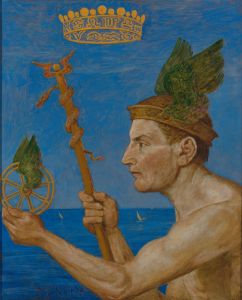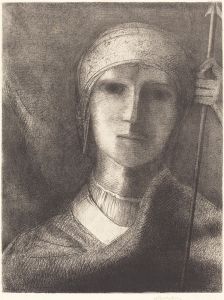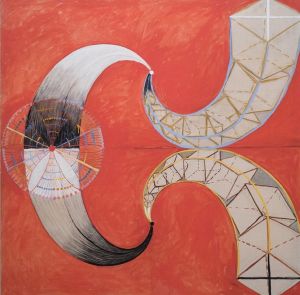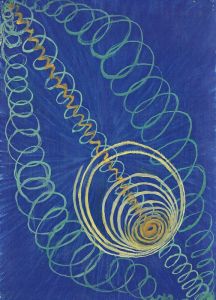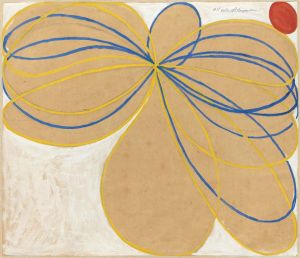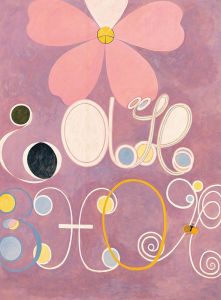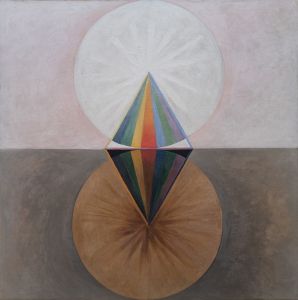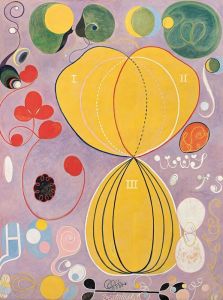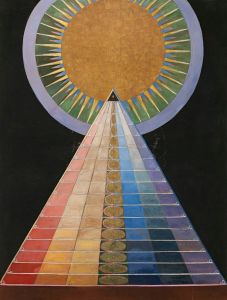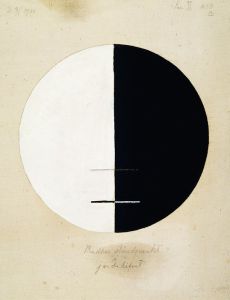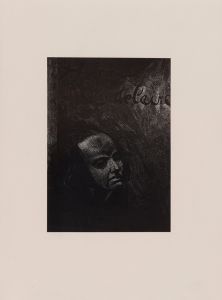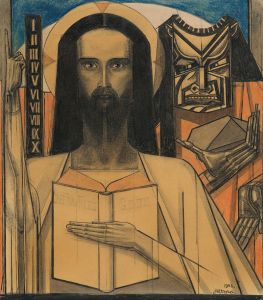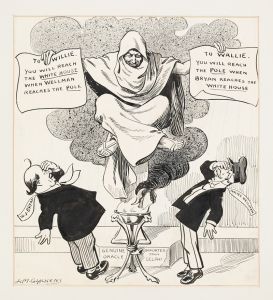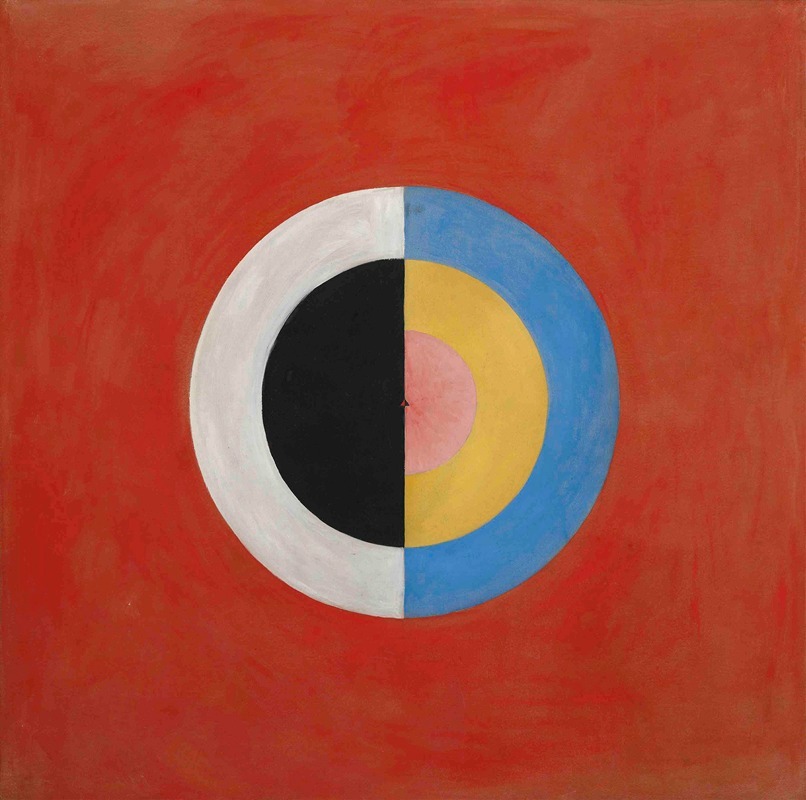
Group IX,SUW, No. 17. The Swan, No. 17
A hand-painted replica of Hilma af Klint’s masterpiece Group IX,SUW, No. 17. The Swan, No. 17, meticulously crafted by professional artists to capture the true essence of the original. Each piece is created with museum-quality canvas and rare mineral pigments, carefully painted by experienced artists with delicate brushstrokes and rich, layered colors to perfectly recreate the texture of the original artwork. Unlike machine-printed reproductions, this hand-painted version brings the painting to life, infused with the artist’s emotions and skill in every stroke. Whether for personal collection or home decoration, it instantly elevates the artistic atmosphere of any space.
Hilma af Klint (1862–1944) was a pioneering Swedish artist and mystic whose work is considered among the earliest examples of abstract art. Her painting "Group IX, SUW, No. 17, The Swan, No. 17" is part of a larger series known as "The Swan," which itself is a segment of her extensive project titled "The Paintings for the Temple." This project, created between 1906 and 1915, consists of 193 paintings intended to represent the spiritual evolution of humanity.
"The Swan" series, created between 1914 and 1915, comprises 24 paintings that explore dualities and the process of unification. The swan is a recurring motif in af Klint's work, symbolizing transformation and the merging of opposites. In "Group IX, SUW, No. 17, The Swan, No. 17," af Klint employs a combination of geometric shapes, vibrant colors, and symbolic imagery to convey these themes.
The painting features a symmetrical composition with a central axis that divides the canvas into two mirrored halves. This symmetry is a common feature in af Klint's work, reflecting her interest in balance and harmony. The use of circles, triangles, and other geometric forms in the painting suggests a connection to spiritual and esoteric traditions, which often use such shapes to represent metaphysical concepts.
Af Klint was deeply influenced by her involvement in spiritualism, Theosophy, and later Anthroposophy. These movements, which gained popularity in the late 19th and early 20th centuries, sought to explore the spiritual dimensions of existence and the underlying unity of all things. Her participation in séances and her belief in the guidance of higher spiritual beings played a significant role in the creation of her abstract works.
"The Swan" series, including "Group IX, SUW, No. 17, The Swan, No. 17," was not intended for public display during af Klint's lifetime. She believed that the world was not yet ready to understand her work and stipulated that her paintings should not be shown until at least 20 years after her death. As a result, her groundbreaking contributions to abstract art remained largely unknown until the late 20th century.
Today, Hilma af Klint is recognized as a visionary artist who anticipated many of the developments in abstract art that would later be explored by artists such as Wassily Kandinsky, Kazimir Malevich, and Piet Mondrian. Her work challenges traditional narratives of art history and highlights the significant, yet often overlooked, contributions of women to the development of modern art.
"Group IX, SUW, No. 17, The Swan, No. 17" exemplifies af Klint's innovative approach to abstraction and her commitment to exploring the spiritual dimensions of art. Through her use of symbolic imagery and geometric forms, she sought to convey profound metaphysical truths and to inspire a deeper understanding of the interconnectedness of all life.





